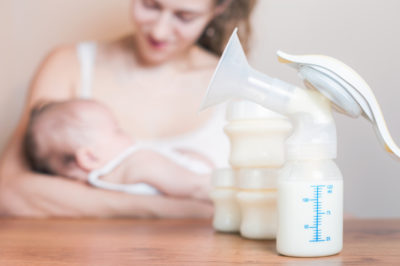California’s new law spelling out requirements related to workplace lactation rooms will take effect on January 1, 2020.
 The law requires that a lactation room comply with the following requirements:
The law requires that a lactation room comply with the following requirements:
- Be safe, clean, and free of hazardous materials;
- Contain a surface to place a breast pump and personal items;
- Contain a place to sit; and
- Have access to electricity or alternative devices needed to operate an electric or battery-powered breast pump, including, but not limited to, extension cords or charging stations.
Also, employers must provide access to a sink with running water and a refrigerator or cooling device suitable for storing milk close to the employee’s workspace.
If a multipurpose room is provided, its use as a room for expressing breast milk must take precedence over other uses. The law allows an employer in a multitenant building or multiemployer worksite to provide a shared space used by employees of other employers in the building or worksite if the employer cannot provide a lactation location within its own workspace.
Employers with fewer than 50 employees may seek an exemption if the requirement poses an undue hardship by causing them significant difficulty or expense, but even if an exemption is granted, the employer must still make reasonable efforts to provide a place, other than a toilet stall, to express milk in private.
The new law prohibits an employer from discharging, discriminating against, or retaliating against an employee for exercising her lactation accommodation rights.
For more information about new employment-related laws in California, see the October 28, 2019, issue of California Employment Law Letter.
Cathleen S. Yonahara is an attorney with Freeland Cooper & Foreman LLP in San Francisco. She can be reached at yonahara@freelandlaw.com.
